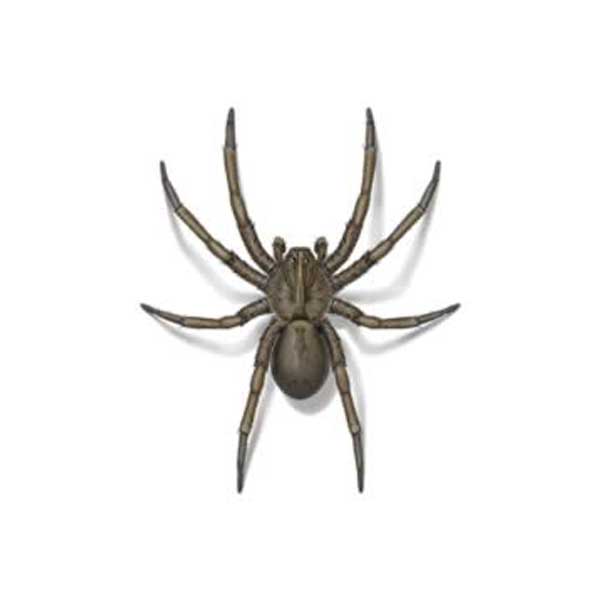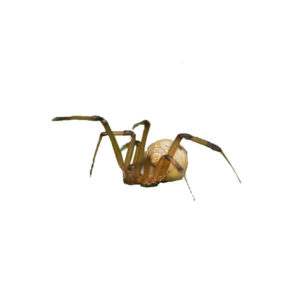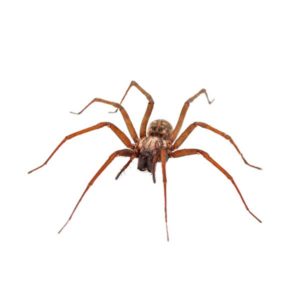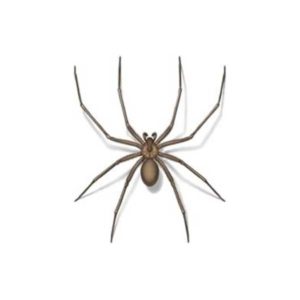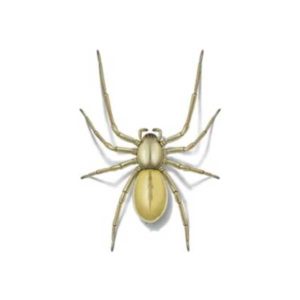Wolf Spiders in Albuquerque NM
Wolf spiders are certainly frightening looking, but getting bit by one is extremely rare. Usually a dark brown color, wolf spiders can grow to be over an inch big and have hair on their bodies. They are hunters, meaning they hunt their prey not with webs but with their fast running ability. Although they prefer to be outdoors, wolf spiders may make their way inside and be found along walls or under furniture.
Wolf Spider Behaviors
Wolf spiders are mostly nocturnal, meaning they hunt their prey at night and hide in sheltered areas during the day. Outside, they are often found in yards under stones, piles of wood, leaves, and other debris. Inside, they can be seen along walls, windows, garages, basements, and houseplants. They move extremely fast and hunt a variety of insects.
Dangers of Wolf Spiders
Despite their scary appearance, wolf spiders do not pose a huge threat to humans. Bites are extremely rare and only occur when they are provoked or handled. They prefer to stay away from human contact entirely. If the spider is threatened, it may first retreat or rear up on its legs to expose its fangs. Bites may cause minor reactions.
Get Rid of Spiders: The Pest Defense Solutions Solution
Your Pest Defense Solutions technician will:
- Determine the type of spider.
- Conduct a full property inspection that includes your yard, attached & detached structures, driveway, and home.
- Directly treat spider-nests outside your foundation to protect your home during the warmer months along with their food source (other insects).
- Physically remove webs from the outside and inside of your home.
- Seal small common entry points if they are contributing to the infestation.
- Discreetly apply the material in unfinished basements, voids, and other spider-frequented areas when evidence is noted.
- Place “sticky traps” on the interior to monitor activity.
- Create a full report describing the treatment and how you can protect your home from further infestations including:
- Changing the lighting around your structure.
- Eliminate clutter inside and outside of your structure.
Pest Defense Solutions ’s year-round program covers over 36 common pests to ensure your property and home are protected from the basic spiders throughout the entire year.
Need help with wolf spiders?
We'll call you! Leave your information below.

